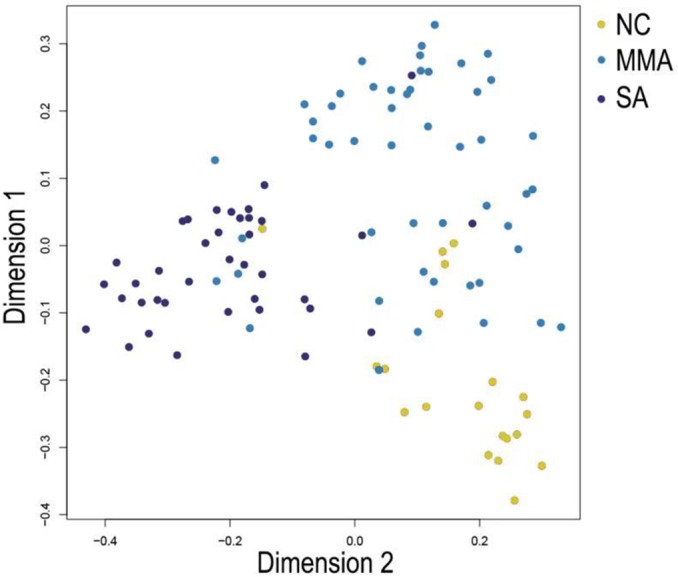
Machine learning and weighted gene co-expression group analysis (WGCNA) have been extensively used on account of its well-known accuracy in the natural space.
However, due to the character of a gene’s a lot of options, it is tough to seek out the exact genes involved in superior sicknesses similar to asthma. In this analysis, we combined machine learning and WGCNA in order to analyze the gene expression data of asthma for larger understanding of associated pathogenesis.
Specifically, the perform of machine learning is assigned to show out the vital factor genes in the asthma progress, whereas the perform of WGCNA is to rearrange gene co-expression group.
Our outcomes indicated that hormone secretion regulation, airway transforming, and harmful immune regulation, had been all regulated by important gene modules associated to pathogenesis of asthma improvement. Overall, the tactic employed in this analysis helped set up key genes in asthma and their roles in the asthma pathogenesis.

Analysis of Lung Gene Expression Reveals a Role for Cl- channels in Diisocyanate Induced Airway Eosinophilia in a Mouse Model of Asthma Pathology.
Diisocyanates are well-recognized causes of asthma. However, hypersensitive employees constantly lack diisocyanate-specific IgE, which complicates evaluation and suggests the sickness entails IgE-independent mechanisms.
Utilize a mouse model of methylene diphenyl diisocyanate (MDI) asthma to ascertain natural pathways that can contribute to asthma pathogenesis.MDI sensitization and respiratory tract publicity was carried out in Balb/c, transgenic B-cell (e.g. IgE) poor mice, and a genetic background (C57BL/6)-matched stress. Eosinophils in airway fluid had been quantitated by motion cytometry.
Lung tissue gene expression was assessed using total genome mRNA microarrays. Informatic software program program was used to ascertain natural pathways affected by respiratory tract publicity and potential targets for sickness intervention.
Airway eosinophilia and modifications (>1.5-fold; p price < 0.05) in expression of 192 genes occurred in all three mouse strains examined, with enrichment in chemokines and a pattern associated to alternatively activated monocytes/macrophages (AAMs). The calcium-activated chloride channel regulator 1 (CLCA1) was primarily essentially the most upregulated gene transcript (>100-fold) in all uncovered mouse lungs vs. controls, adopted fastidiously by SLC26A4, one different transcript involved in Cl- conductance.
Crofelemer, a U.S. Food and Drug Administration (FDA) accredited Cl- channel inhibitor, diminished MDI publicity induction of airway eosinophilia, mucus, CLCA1 and totally different asthma-associated gene transcripts.
Expression modifications in a core set of genes occurs neutral of IgE in a mouse model of chemical-induced airway eosinophilia. In addition to chemokines and AAMs, the data counsel an vital perform for Cl- channels in diisocyanate asthma pathology and as a attainable purpose for intervention.
